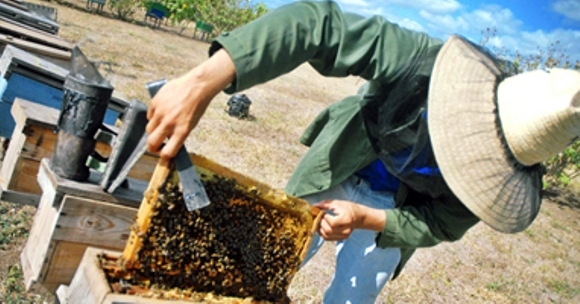
The Las Tunas Beekeeping Enterprise foresees its second-largest production in the history of the province with some 521 tons of honey which, although it is still far from satisfying market demand, expands and diversifies the industry's production and export capacity.
Las Tunas, Cuba - After 2022 with the most critical figures of the last nine years, this calendar is focused on a lasting strategy of ecological and sustainable development that will seek, above all, the commercialization of two new products: pollen and royal jelly.
Despite unfavorable weather conditions, with low rainfall, Las Tunas aims to grow in the production of honey and its derivatives such as propolis and wax, as well as its gradual insertion in the foreign market and specialized stores in the retail network.
The months of February, October, November, and December have the greatest impact on the company's final statistics due to the high levels of blossom in the fields of the territory, evidence that forced it to redouble the efforts of the last weeks, mainly in the creation of beehives.
With a view to the National Economic and Social Development Plan 2030, the entity plans to build around 300 hives annually, so it is working on the approval of new permits for producers who can guarantee these quantities.
Beekeeping, with a strong income potential for the Cuban economy, has reached an average of 465 tons in the last five almanacs, flattering numbers in the face of the 15 thousand that the nation seeks before the next decade.






